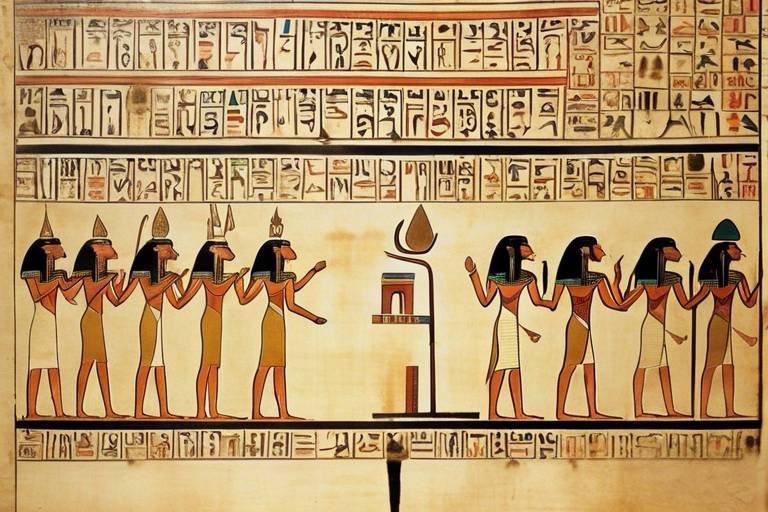The Role of Historic Documents in Understanding the Past
Historic documents play a pivotal role in unraveling the mysteries of the past, offering us a window into bygone eras and shaping our understanding of history. These invaluable artifacts provide a tangible connection to the past, allowing us to explore the lives, events, and cultures that have shaped the world we live in today.
Through manuscripts, letters, official records, photographs, and artifacts, historians and researchers gain unique insights into different historical periods. Each document serves as a piece of the historical puzzle, offering a glimpse into the thoughts, actions, and emotions of those who came before us.
Interpreting historical documents requires a careful analysis of their context, content, and biases. By delving into the language, tone, and underlying messages of these documents, we can uncover the true narratives of the past and challenge prevailing historical interpretations.
It is essential to distinguish between primary and secondary sources when examining historical documents. While primary sources provide firsthand accounts of events from the time period under study, secondary sources offer interpretations and analyses of these primary sources, shedding light on their significance in historical research.
Preserving historical documents poses significant challenges, from environmental factors threatening their longevity to the need for advanced conservation techniques and digitization efforts. Ensuring the survival of these documents is crucial for maintaining a comprehensive historical record for future generations.
Authentication of historical documents involves employing various methods such as carbon dating, ink analysis, and provenance research to verify their authenticity and origins. By confirming the legitimacy of these documents, historians can establish a solid foundation for their research and interpretations.
Oral histories, as valuable historical documents, offer personal narratives, traditions, and memories that may not be captured in written form. These accounts provide a unique perspective on the past, preserving the voices and experiences of individuals whose stories might otherwise be lost to time.
Exploring historical documents from diverse regions and cultures allows us to gain global perspectives on past events, enriching our understanding of world history. By examining these documents, we can uncover shared experiences, unique traditions, and interconnected histories that transcend geographical boundaries.
Despite the wealth of information historical documents provide, historians face numerous challenges in their interpretation. Language barriers, cultural contexts, and conflicting accounts often require meticulous analysis and critical thinking to piece together an accurate representation of the past.

Types of Historic Documents
Historic documents come in various forms, each offering a unique perspective on the past. One common type of historical document is manuscripts, handwritten texts that provide direct insights into the thoughts and beliefs of individuals from different time periods. These manuscripts can range from religious texts to personal diaries, shedding light on the daily lives and concerns of people long gone.
Letters are another valuable form of historical document, offering a glimpse into personal correspondences, official communications, and even love letters that reveal the emotions and relationships of historical figures. These letters provide a human touch to history, allowing us to connect on a personal level with individuals from the past.
Official records, such as government documents, legal papers, and census records, serve as crucial historical resources for understanding political decisions, legal proceedings, and demographic trends. These documents offer a formal and often unbiased view of historical events, shaping our understanding of governance and societal structures.
Photographs are powerful historical documents that capture moments in time, preserving visual evidence of past events, people, and places. Through photographs, we can witness historical milestones, cultural practices, and societal changes, immersing ourselves in the visual history of humanity.
Artifacts, including tools, pottery, clothing, and architectural remains, provide tangible connections to the past, offering insights into daily life, technological advancements, and artistic expressions of different civilizations. These physical remnants of history bring the past to life, allowing us to touch and feel the artifacts of bygone eras.
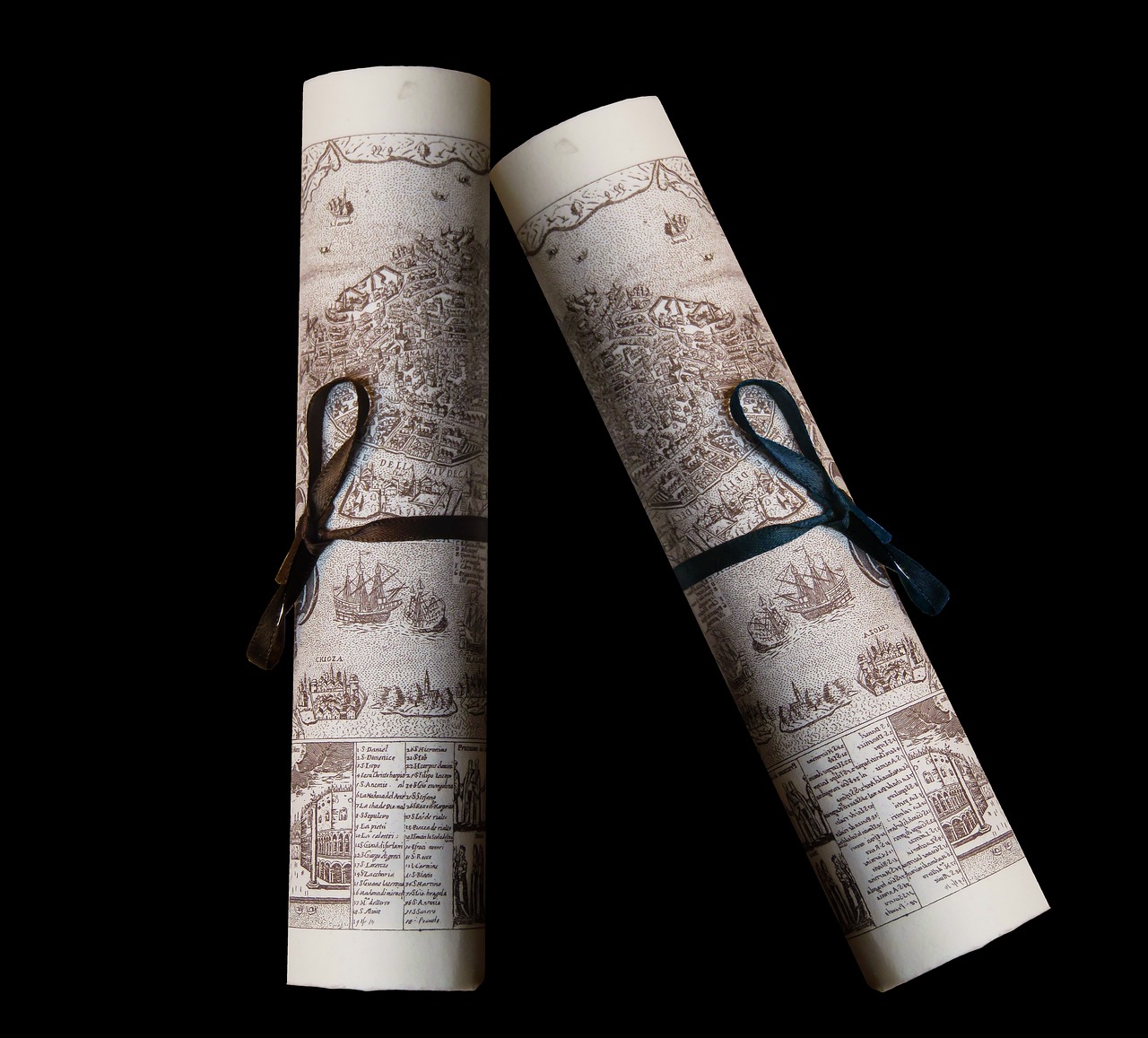
Interpretation and Analysis
Interpretation and analysis of historical documents play a crucial role in uncovering the true stories of the past. By delving into the context, content, language, and biases present in these documents, historians can piece together a more accurate representation of historical events and societal norms. It is not merely about reading the words on the page but understanding the underlying meanings and implications behind them. Through careful analysis, historians can extract valuable insights that shape our understanding of history and provide a more nuanced perspective on the past.
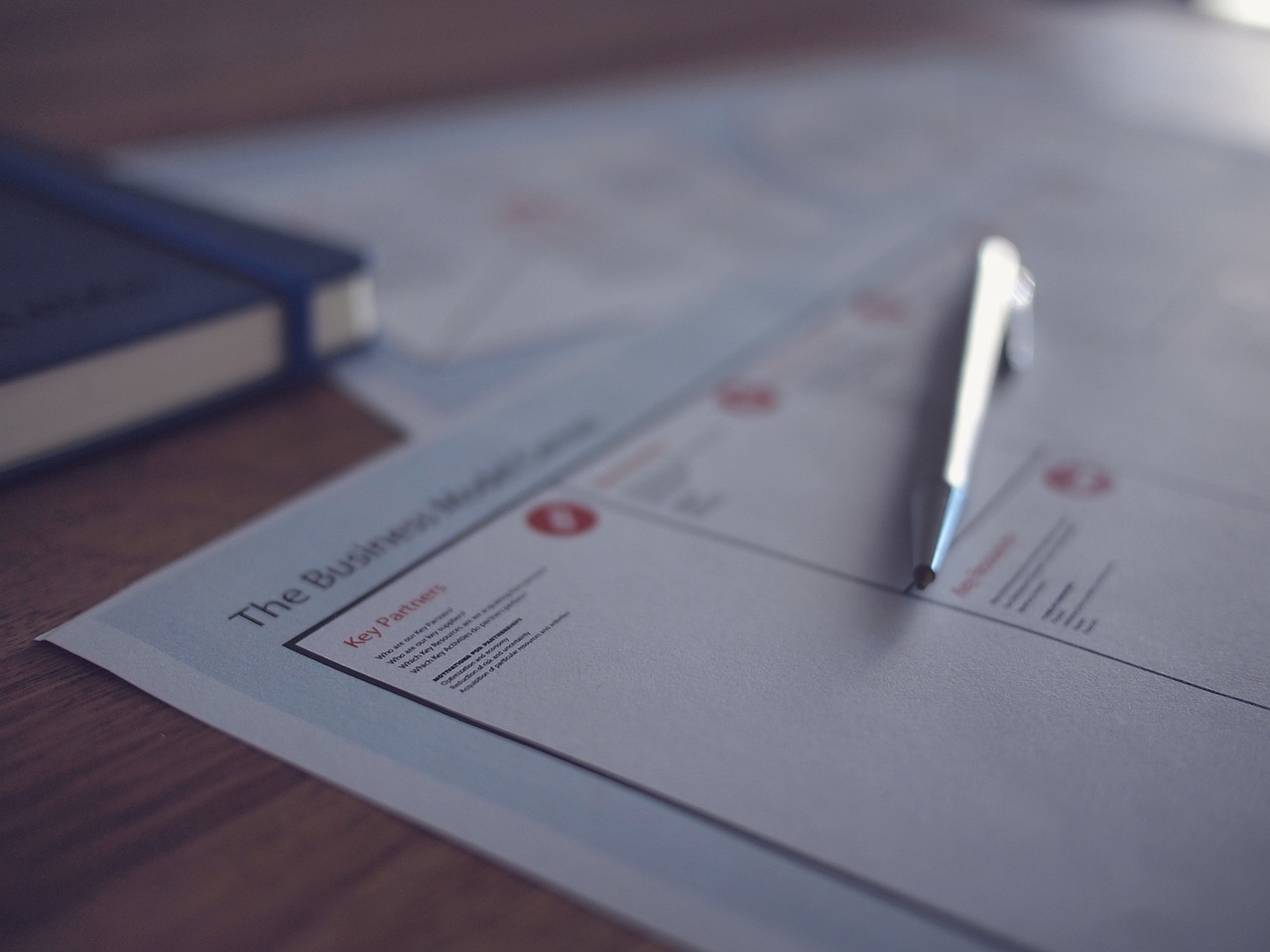
Primary vs. Secondary Sources
When delving into historical research, it is crucial to distinguish between primary and secondary sources. Primary sources are the raw materials of history, created during the time period under investigation. These include original documents, eyewitness accounts, artifacts, and other firsthand sources that offer direct insights into past events. On the other hand, secondary sources are interpretations and analyses of primary sources, providing commentary, context, and scholarly perspectives on historical events. While primary sources offer immediacy and authenticity, secondary sources contribute critical analysis and synthesis of multiple primary sources to construct a comprehensive historical narrative.
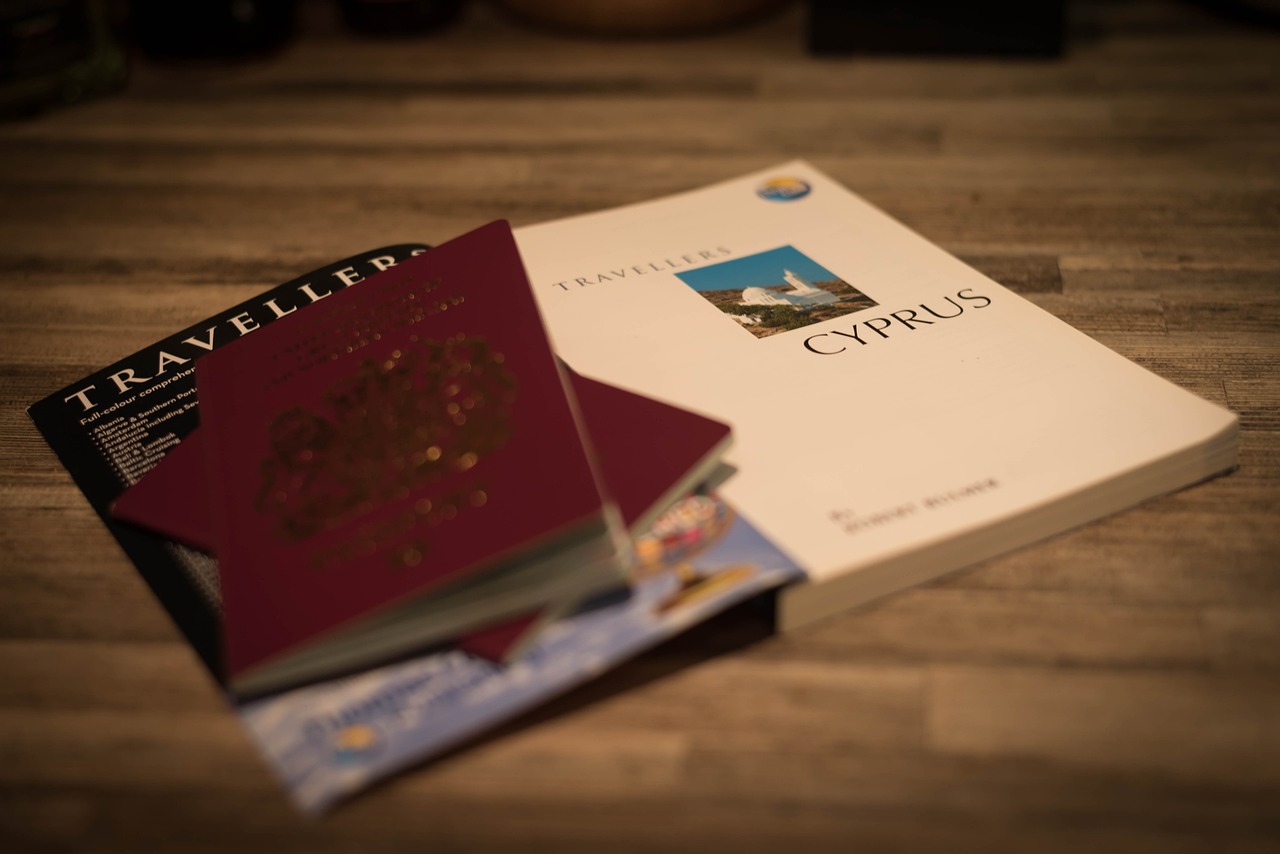
Document Preservation
Document preservation is a critical aspect of safeguarding historical documents for future generations. The challenges involved in preserving these valuable artifacts are multifaceted, ranging from physical degradation to technological obsolescence. Conservation techniques play a vital role in maintaining the integrity of ancient manuscripts, letters, and official records. These methods often involve careful handling, temperature and humidity control, and specialized storage materials to prevent deterioration.
One of the key strategies in document preservation is digitization, which allows for the creation of digital copies of physical documents. This not only aids in accessibility but also serves as a backup in case of damage or loss. However, digitization efforts must be accompanied by proper metadata management to ensure the long-term usability and authenticity of the digital versions.
Environmental factors also pose significant challenges to document preservation. Light exposure, fluctuations in temperature and humidity, pests, and pollutants can all contribute to the degradation of historical documents. Institutions housing these documents must implement preventive conservation measures to mitigate these risks and prolong the lifespan of the artifacts.

Historical Document Authentication
When delving into the realm of historical document authentication, researchers and historians employ a variety of methods to verify the legitimacy and origins of these invaluable artifacts. One of the primary techniques utilized in this process is carbon dating, which allows experts to determine the age of organic materials present in the documents. By analyzing the decay of carbon isotopes, researchers can establish a timeline for the creation of the document, shedding light on its historical significance.
In addition to carbon dating, ink analysis serves as another crucial tool in the authentication of historical documents. By examining the composition of the ink used in writing, experts can discern whether the materials align with the time period in question. This meticulous analysis not only verifies the authenticity of the document but also provides insights into the writing practices and technologies of the past.
Furthermore, provenance research plays a pivotal role in historical document authentication, focusing on tracing the ownership history and documenting the chain of custody of the artifact. By establishing a clear provenance, researchers can validate the document's journey through time and ensure its credibility as a reliable historical source. This meticulous process of verification safeguards against forgeries and misattributions, preserving the integrity of historical records for future generations.
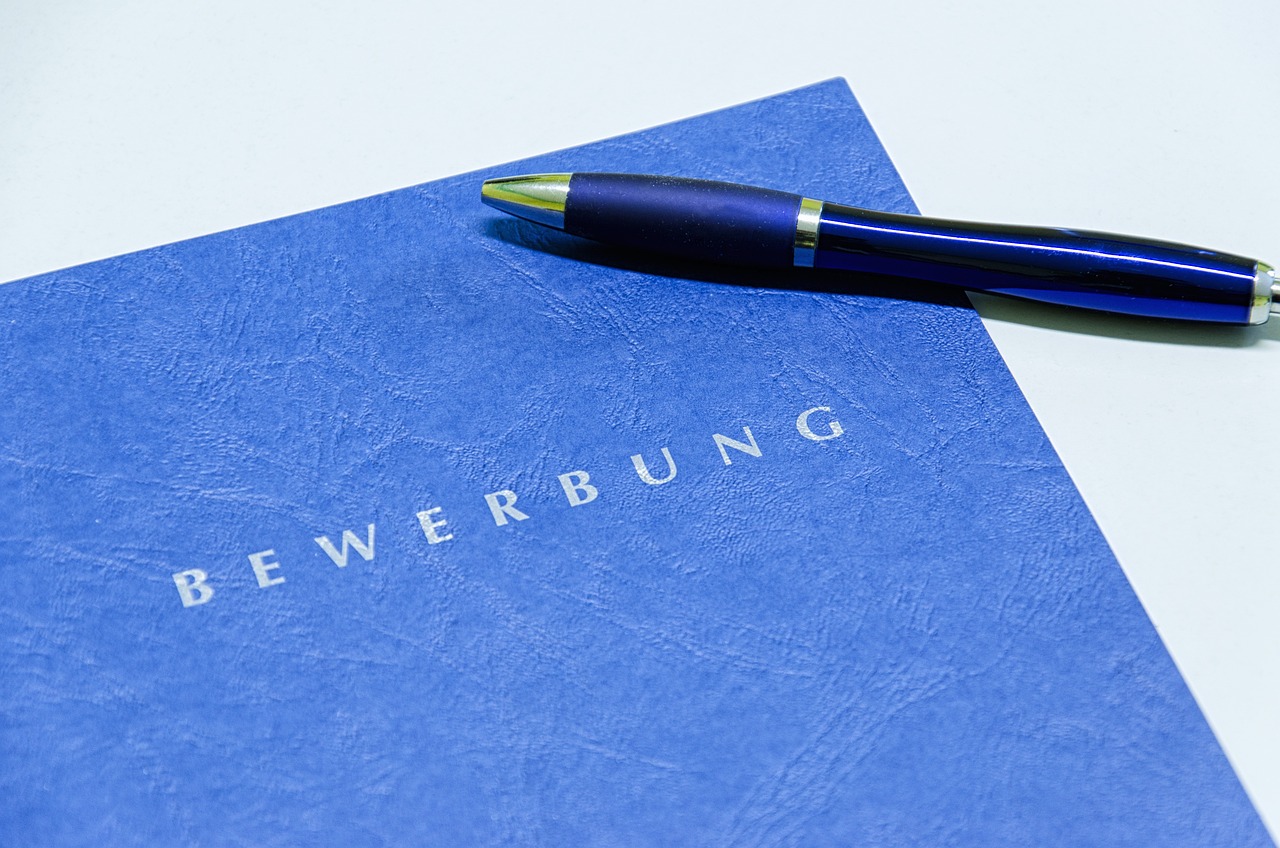
Significance of Oral Histories
The in understanding the past cannot be overstated. While written historical documents provide valuable insights, oral histories offer a unique perspective by capturing personal narratives, traditions, and memories that may not be recorded in written form. These stories passed down through generations provide a glimpse into the lived experiences of individuals, offering a more intimate and personal view of history.
Unlike written documents, oral histories often convey emotions, nuances, and cultural practices that are not easily captured in official records. They offer a human touch to historical events, shedding light on the impact of past events on individuals and communities. Through oral histories, we can understand the motivations, struggles, and triumphs of people who lived through significant moments in history.
One of the key benefits of oral histories is their ability to fill gaps in the historical record. In many cases, marginalized groups or communities whose stories may not have been documented in official records have preserved their histories through oral traditions. By listening to these voices, historians can gain a more comprehensive and inclusive understanding of the past.
Oral histories also provide a platform for individuals to reclaim their narratives and challenge dominant historical narratives. By sharing their stories, people can challenge stereotypes, correct misconceptions, and offer alternative perspectives on historical events. This process of storytelling and listening fosters empathy, understanding, and a more nuanced appreciation of the complexities of history.

Global Perspectives Through Documents
When exploring historical documents from different regions and cultures, we gain a multifaceted view of past events, offering global perspectives that enrich our understanding of history. These documents act as windows into diverse societies, shedding light on unique traditions, customs, and perspectives that may differ from mainstream historical narratives. By examining documents from various parts of the world, historians can piece together a more comprehensive and inclusive account of global history.
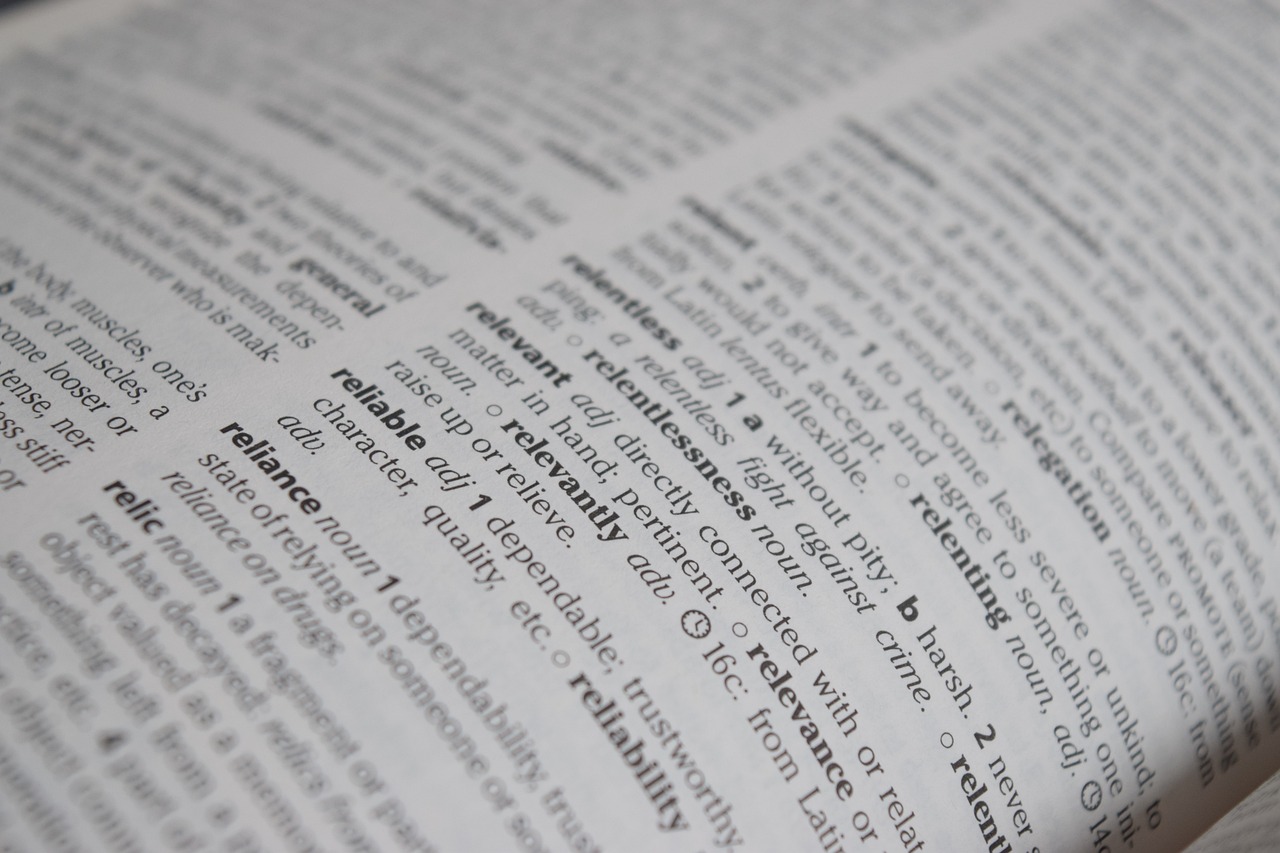
Challenges in Document Interpretation
Exploring how historical documents provide valuable insights into past events, cultures, and societies, shaping our understanding of history and informing present-day perspectives on the past.
Examining various types of historical documents such as manuscripts, letters, official records, photographs, and artifacts that offer unique glimpses into different historical periods.
Discussing the importance of interpreting historical documents in context, analyzing their content, language, and biases to uncover the true narratives of the past.
Differentiating between primary sources, created during the time under study, and secondary sources, which interpret and analyze primary sources, highlighting their significance in historical research.
Exploring the challenges of preserving historical documents, including conservation techniques, digitization efforts, and the impact of environmental factors on document longevity.
Exploring methods used to authenticate historical documents, such as carbon dating, ink analysis, and provenance research, to verify their authenticity and origins.
Highlighting the value of oral histories as historical documents, capturing personal narratives, traditions, and memories that may not be recorded in written form.
Examining how historical documents from different regions and cultures provide diverse perspectives on past events, enriching our understanding of global history.
When historians delve into interpreting historical documents, they often encounter a myriad of challenges that require careful navigation. One significant hurdle is the presence of language barriers, where the text may be in an unfamiliar dialect or contain archaic vocabulary that complicates understanding. Additionally, cultural contexts play a vital role in interpretation, as what may seem clear in one culture could be entirely different in another. Historians must also contend with conflicting accounts within documents, requiring them to critically analyze and reconcile differing perspectives to piece together an accurate representation of the past.
Frequently Asked Questions
- What are primary sources in historical research?
Primary sources are original documents or artifacts created during the time period being studied. These sources provide firsthand accounts or direct evidence of events, offering valuable insights into the past.
- How can historical documents be authenticated?
Historical documents can be authenticated through various methods such as carbon dating, ink analysis, and provenance research. These techniques help verify the authenticity and origins of the documents.
- Why is interpreting historical documents important?
Interpreting historical documents is crucial for understanding the past accurately. By analyzing the content, context, and biases of these documents, historians can uncover the true narratives of history.
- What challenges do historians face in document interpretation?
Historians face challenges such as language barriers, cultural contexts, and conflicting accounts when interpreting historical documents. These challenges require critical analysis and careful consideration to arrive at accurate interpretations.
- How do oral histories contribute to our understanding of the past?
Oral histories capture personal narratives, traditions, and memories that may not be recorded in written form. They provide valuable insights into the lived experiences of individuals and communities, enriching our understanding of history.

















